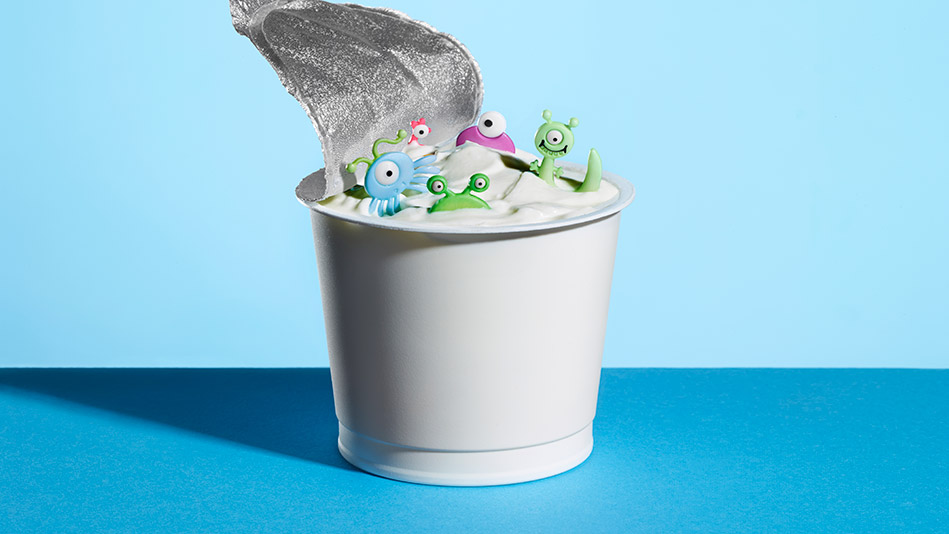3 Things You Must Know About Probiotics
These good-for-you bugs can be found in everything from your yogurt to your multivitamin, but are you getting the right ones?

Photo: Adam Voorhes
Scientists are still sorting out the sweeping claims that probiotics—friendly strains of yeast, bacteria, and other live microorganisms—can balance the ecosystem in your gut and treat conditions ranging from diarrhea to the common cold. In the meantime, it's up to consumers to purchase wisely. Since probiotic supplements aren't usually marketed as drugs, most aren't subject to approval by the Food and Drug Administration. In a recent study of probiotic supplements by ConsumerLab.com, an independent evaluator of health and nutrition products, five of the 19 it selected for testing contained only 16 percent to 56 percent of the probiotics claimed. But if you know what to look for, you just might give yourself a major health advantage.
Some companies like to tout the number of strains of probiotics in their products—because the more, the better, right? Not necessarily. While researchers have yet to reach a consensus about which mix of strains is best, there are some all-stars you should know about. Look for Lactobacillus acidophilus, Lactobacillus reuteri, Saccharomyces boulardii or bifidobacteria. These are among the best-studied microbes for fighting infection. In some clinical trials, Lactobacillus strains, in particular, have been found to have a significant cure rate for bacterial vaginosis, an infection that affects nearly 30 percent of women ages 14 to 49.
There's no one-size-fits-all dosage for probiotics. Researchers have found that different strains of bacteria can be effective at different levels. One study showed, for example, that doses ranging from 5.5 million to 50 billion units of bacteria can treat or prevent certain gastrointestinal diseases.
When buying probiotic supplements (which are made of living organisms that can easily die on the shelf), look for ones sealed in blister packs. Heat, light, and moisture are the enemies here, and quality packaging is your friend.
Study Your Strains
Some companies like to tout the number of strains of probiotics in their products—because the more, the better, right? Not necessarily. While researchers have yet to reach a consensus about which mix of strains is best, there are some all-stars you should know about. Look for Lactobacillus acidophilus, Lactobacillus reuteri, Saccharomyces boulardii or bifidobacteria. These are among the best-studied microbes for fighting infection. In some clinical trials, Lactobacillus strains, in particular, have been found to have a significant cure rate for bacterial vaginosis, an infection that affects nearly 30 percent of women ages 14 to 49.
Check Potency
There's no one-size-fits-all dosage for probiotics. Researchers have found that different strains of bacteria can be effective at different levels. One study showed, for example, that doses ranging from 5.5 million to 50 billion units of bacteria can treat or prevent certain gastrointestinal diseases.
Inspect Packaging
When buying probiotic supplements (which are made of living organisms that can easily die on the shelf), look for ones sealed in blister packs. Heat, light, and moisture are the enemies here, and quality packaging is your friend.



